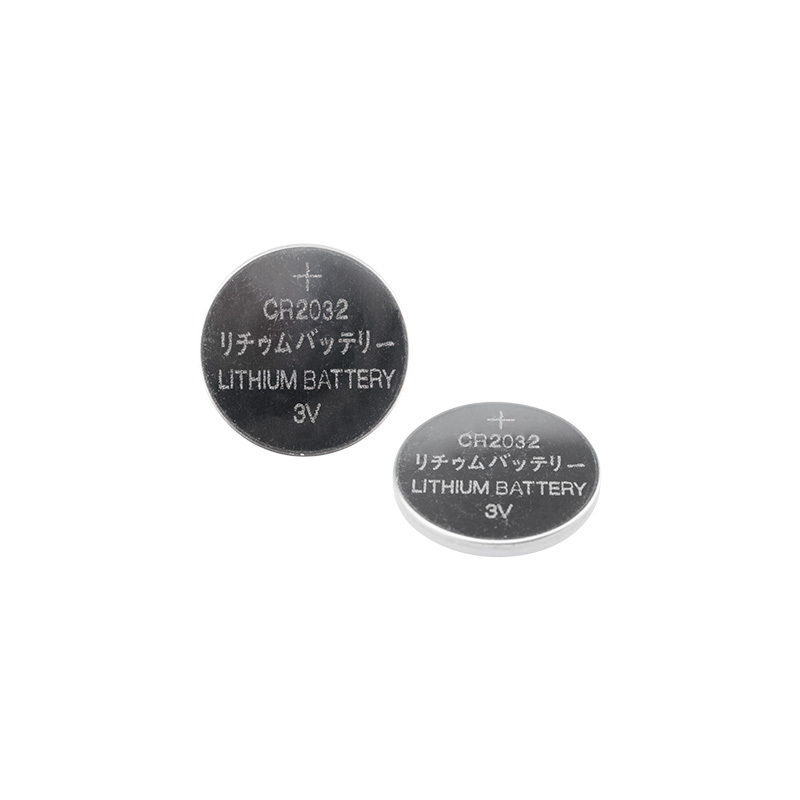Plants are a great way to give the interior freshness, harmony and comfort. They not only enliven the space, but are also able to create an atmosphere of balance and well-being. In this article, we present you with a ranking of the best plants for interior decoration in 2023. From tropical plants to decorative options, learn about the variety of plants that will help you create stylish and trendy interiors.
Reviews of the best plants for interior decoration:
Content
- Reviews of the best plants for interior decoration:
- Monstera (Monstera)
- Ficus (Ficus)
- Spathiphyllum (Spathiphyllum)
- Coffee Tree (Coffea)
- Sansevieria (Sansevieria)
- Block of questions and answers:
- What plants are best for small interiors?
- What care is required for tropical plants in the interior?
- Can artificial plants be a good alternative to living plants in an interior?
- Conclusion:
Monstera (Monstera)

Monstera is one of the most popular plants for interior decoration in 2023. Its unique and sophisticated leaves make it an attractive and stylish addition to any space.
Pros:
- Impressive appearance: Monstera has large, serrated and cut leaves that create a spectacular visual effect. It is able to attract attention and become the main focus in the interior.
- Tropical Atmosphere: The plant brings a touch of the tropics to your home. Its large leaves are reminiscent of vines and branches, which creates the feeling of a real tropical paradise right in your room.
- Ease of Care: The Monstera is relatively easy to care for. She prefers bright but diffused light and moderate watering. The plant is quite resistant and can adapt to various conditions of detention.
Minuses:
- Space: Monstera has the potential for great growth and development. Its leaves can become quite large and occupy a significant space in the interior. Therefore, before buying, it is worth considering the size of the room and the space provided to the plant.
- Demanding lighting: Monstera needs bright but diffused light. She prefers places with partial shade, so you should not put her in direct sunlight. Lack of light can result in stunted growth and paler leaves.
- Regular care: Monstera needs regular watering and fertilizing. Soil moisture should be monitored and drying out or waterlogging should be avoided. Regular fertilization will help maintain healthy plant growth and development.
Despite some disadvantages, Monstera is an excellent choice for creating a stylish and fashionable interior. Its unique leaves and tropical atmosphere can transform any space and give it freshness and originality.
Ficus (Ficus)

Ficus is another great choice for interior decoration. It is an ornamental plant with attractive leaves and the ability to adapt to different conditions.
Pros:
- Visual Appeal: Ficus comes in a variety of leaf shapes and colors. From glossy and dark green to variegated and marbled, they give the plant a unique and elegant look. Ficus can become a bright accent or addition to other interior elements.
- Adaptability: The plant easily adapts to various conditions of detention. Ficus can grow in both bright and semi-shady places. It can adapt to different temperatures and humidity, making it suitable for various types of interiors.
- Air purification: Ficus is a good air purifier. It is able to filter and absorb various harmful substances such as benzene and formaldehyde, which contributes to a healthier indoor environment.
Minuses:
- Sensitivity to changes in conditions: Ficus can respond to changes in light or temperature. A sudden change in conditions can cause leaves to fall or stunted plant growth. Therefore, it is important to provide stable conditions for ficus.
- Toxicity: Ficus leaves can be toxic to pets, especially if they chew them. Therefore, you should be careful and avoid animals accessing the plant.
- Demanding care: Ficus requires some care, including regular watering and pruning to maintain the desired shape. It can also be susceptible to attack by pests such as spider mites or scale insects, so regular inspection and preventive measures are important.
Ficus is an excellent choice for creating a cozy and stylish interior. Its variety of shapes and colors of leaves allows you to choose the best option for any style of room.
Spathiphyllum (Spathiphyllum)

Spathiphyllum (Spathiphyllum) is a beautiful plant, also known as "women's happiness". Its graceful white flowers and glossy green leaves make it an attractive choice for interior decoration.
Pros:
- Beauty and Elegance: Spathiphyllum radiates a delicate beauty with its white flowers, which can be heart shaped. This plant brings a sense of sophistication and charm to any room.
- Air purifier: Spathiphyllum is one of the best air purifiers among houseplants. It is able to remove various harmful substances such as benzene, formaldehyde and ammonia and improve indoor air quality.
- Easy care: Spathiphyllum is relatively easy to care for. He prefers moderate lighting and regular watering. This plant is able to adapt to different conditions and can thrive even in relatively low light conditions.
Minuses:
- Sensitivity to low temperatures: Spathiphyllum does not tolerate cold temperatures. He prefers warm and temperate surroundings. Therefore, the plant should be protected from cold drafts and placed in a place with a comfortable temperature.
- Demanding to water: Spathiphyllum requires regular watering to maintain soil moisture at an optimal level. Dry soil can cause leaf drop, and excessive moisture can cause root rot. It is important to find a balance in watering.
- Sensitivity to Direct Sunlight: Spathiphyllum does not tolerate direct sunlight, which can scorch its leaves. It is recommended to place the plant in semi-shady or diffused light.
Spathiphyllum is a great choice for creating a fresh and stylish atmosphere in the interior. Its gracefulness and ability to purify the air make it an attractive plant for any home or office.
Coffee Tree (Coffea)

The coffee tree (Coffea) is not only an ornamental plant, but also a source of fresh coffee beans. It has beautiful glossy leaves and can be a great addition to the interior, bringing not only aesthetic pleasure, but also the aroma of freshly brewed coffee.
Pros:
- Uniqueness: The coffee tree attracts attention with its special leaves and shape. Its glossy leaves are dark green in color and the mature plant may develop white or pink flowers followed by green or red fruits containing coffee beans.
- Natural source of coffee: By growing a coffee tree at home, you can harvest fresh coffee beans and use them to make your own coffee. This allows you to enjoy the aroma and taste of freshly roasted coffee right at home.
- Atmosphere of warmth and comfort: Coffee tree can create a feeling of warmth and comfort in the interior. His presence is reminiscent of the calm and comfort associated with a morning cup of aromatic coffee.
Minuses:
- Demanding growing conditions: The coffee tree requires certain conditions for successful growth and development. It prefers bright but diffused light, moderate temperatures and high humidity. It also requires regular watering and top dressing.
- Limited coffee yield: At home, the yield of coffee from a coffee tree may be limited. Coffee beans need a certain amount of time and conditions to mature, and the process of harvesting and processing the beans can be complex and time-consuming.
- Limited space: A mature coffee tree can take up a significant amount of interior space due to its size and spreading crown. Before buying, you should consider the available space and the ability to provide the plant with the necessary conditions for growth.
The coffee tree is a unique and interesting choice for interior decoration. Its glossy leaves and the ability to grow your own coffee make it attractive to coffee lovers and add a special charm to the homely atmosphere.
Sansevieria (Sansevieria)

Sansevieria, or coltsfoot, is a hardy plant that is becoming increasingly popular for interior decoration. It has attractive upright leaves and is an excellent choice for those looking for a hardy plant.
Pros:
- Attractive appearance: Sansevieria has long and stiff leaves with various patterns and shades of green. They create an elegant and modern look in the interior, giving it a touch of style.
- Durability and ease of care: Sansevieria is a very unpretentious plant. She is able to survive even under adverse conditions, such as lack of light or rare watering. This makes it an ideal choice for busy people or those with no experience growing plants.
- Air purification: Sansevieria is known for its ability to purify the air by removing harmful substances such as benzene and formaldehyde from it. It can improve indoor air quality and create a healthier environment.
Minuses:
- Toxicity: Sansevieria leaves can be toxic to pets if they chew on them. Therefore, you should avoid animals accessing the plant or choose safer alternatives if you have pets.
- Sensitivity to low temperatures: Sansevieria prefers warm climates and cannot tolerate cold temperatures. It can be harmed by prolonged exposure to low temperatures, so you should avoid placing it in cold and drafty places.
- Limited Growth Space: Although the Sansevieria can be quite compact, it has the potential to grow and expand. Periodic repotting of the plant into a larger pot may be necessary to ensure it has enough room to grow.
Sansevieria is a great interior choice, especially for those looking for an unpretentious plant that can transform a space and add a stylish touch to it.
Block of questions and answers:
What plants are best for small interiors?
Smaller interiors can be decorated with compact plants such as ferns, calatheas, or miniature succulents.
What care is required for tropical plants in the interior?
Tropical plants require bright light, high humidity and moderate watering. Regular fertilization can also be helpful.
Can artificial plants be a good alternative to living plants in an interior?
Artificial plants can be a convenient option for those who cannot provide the necessary care for live plants. However, they are not able to create the same atmosphere and do not perform the function of air purification.
Conclusion:
The choice of plants for decorating the interior depends on your preferences, the conditions of maintenance and the style of your home. In this article, we have presented just some of the best plant options that can give your interior a unique and beautiful look. Plants can be not only a decorative element, but also a way to create harmony and balance in your home.


